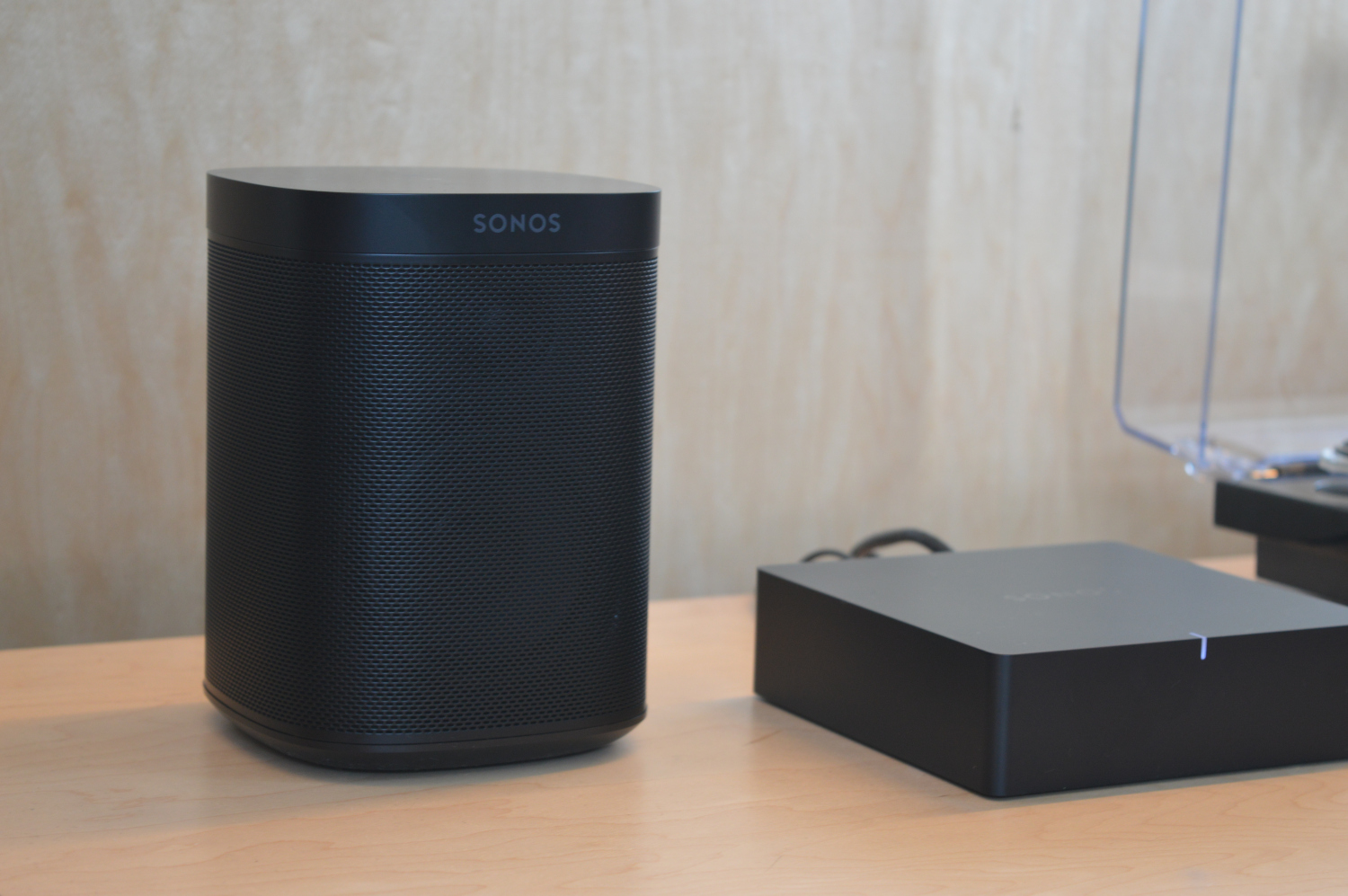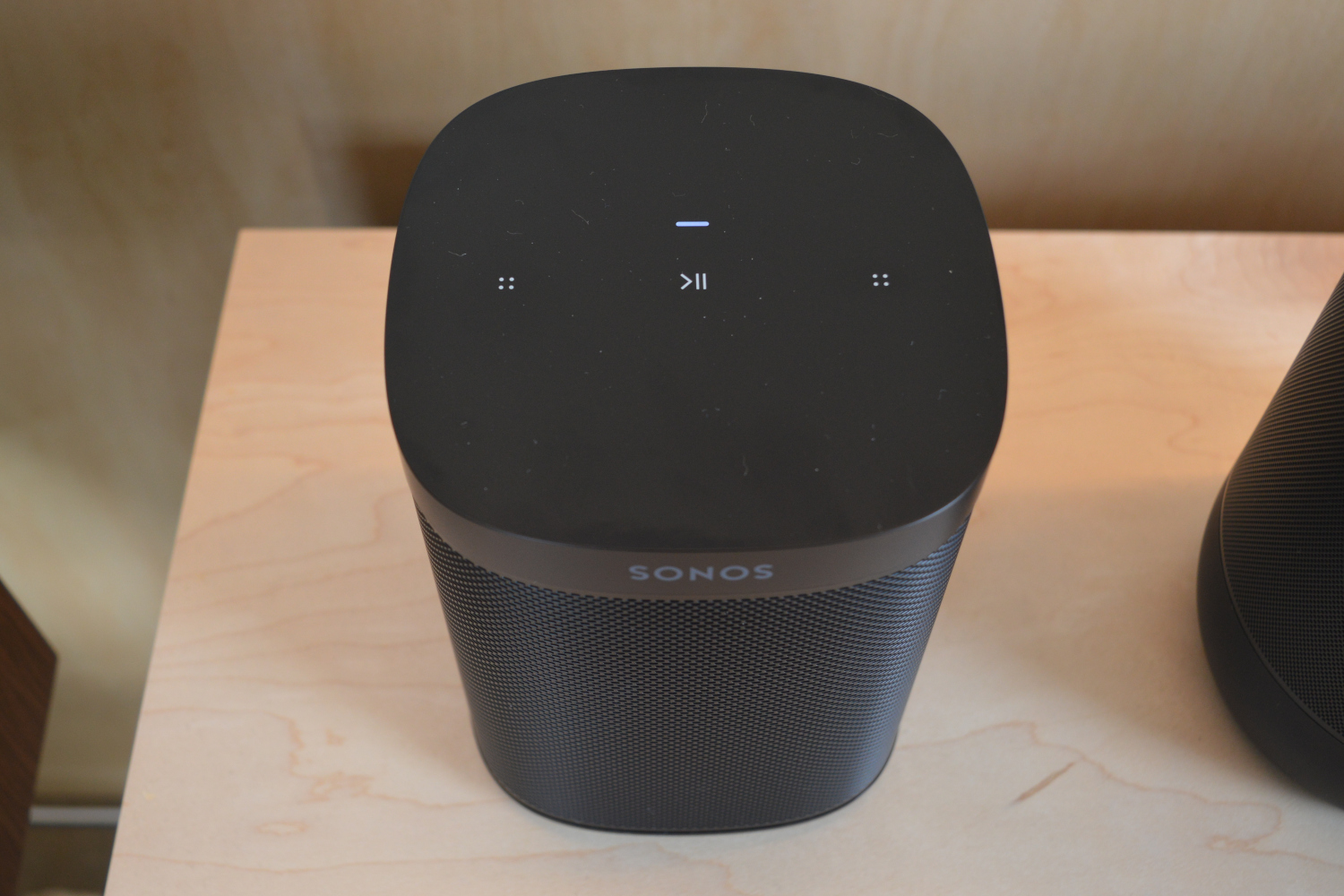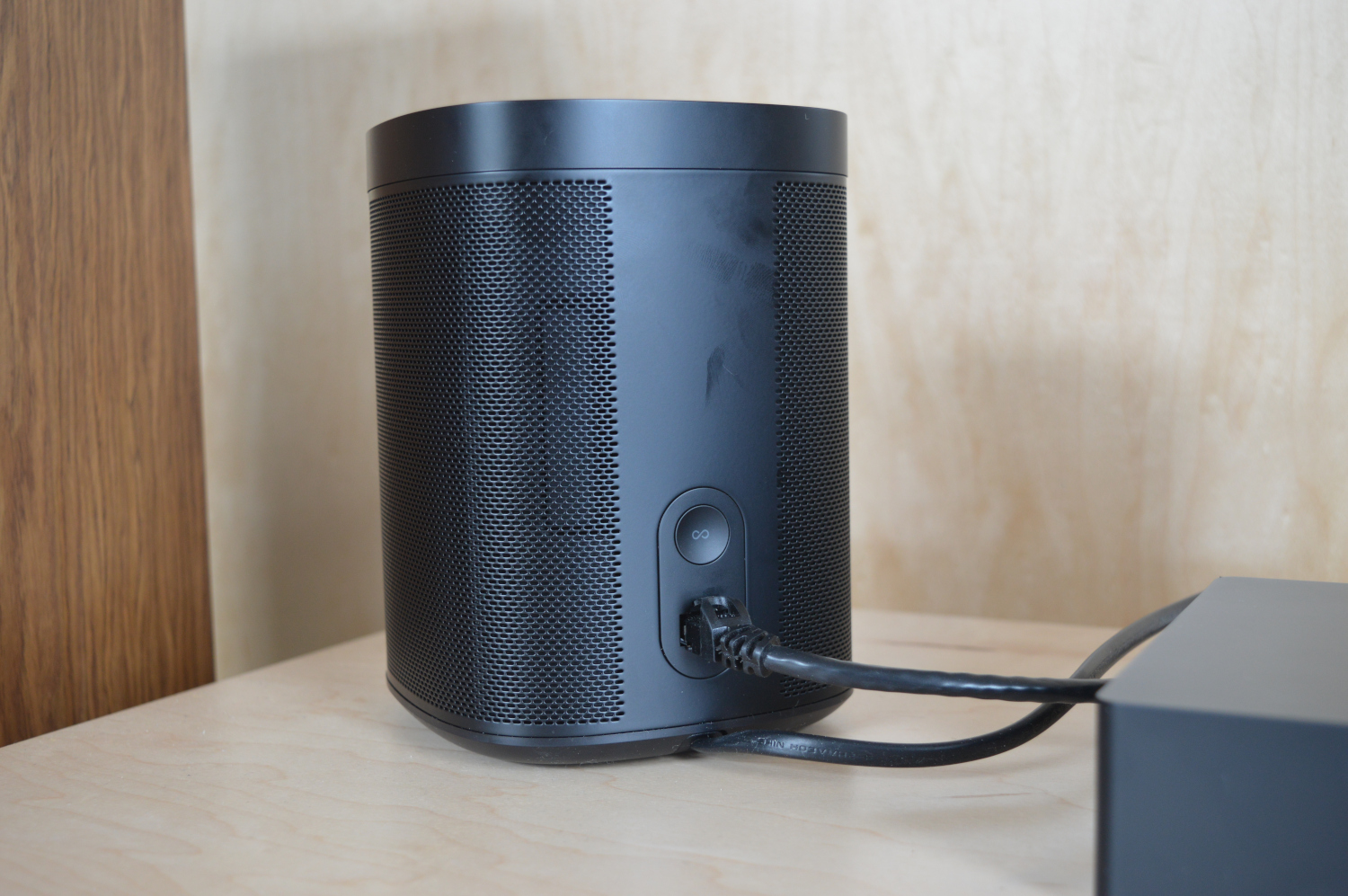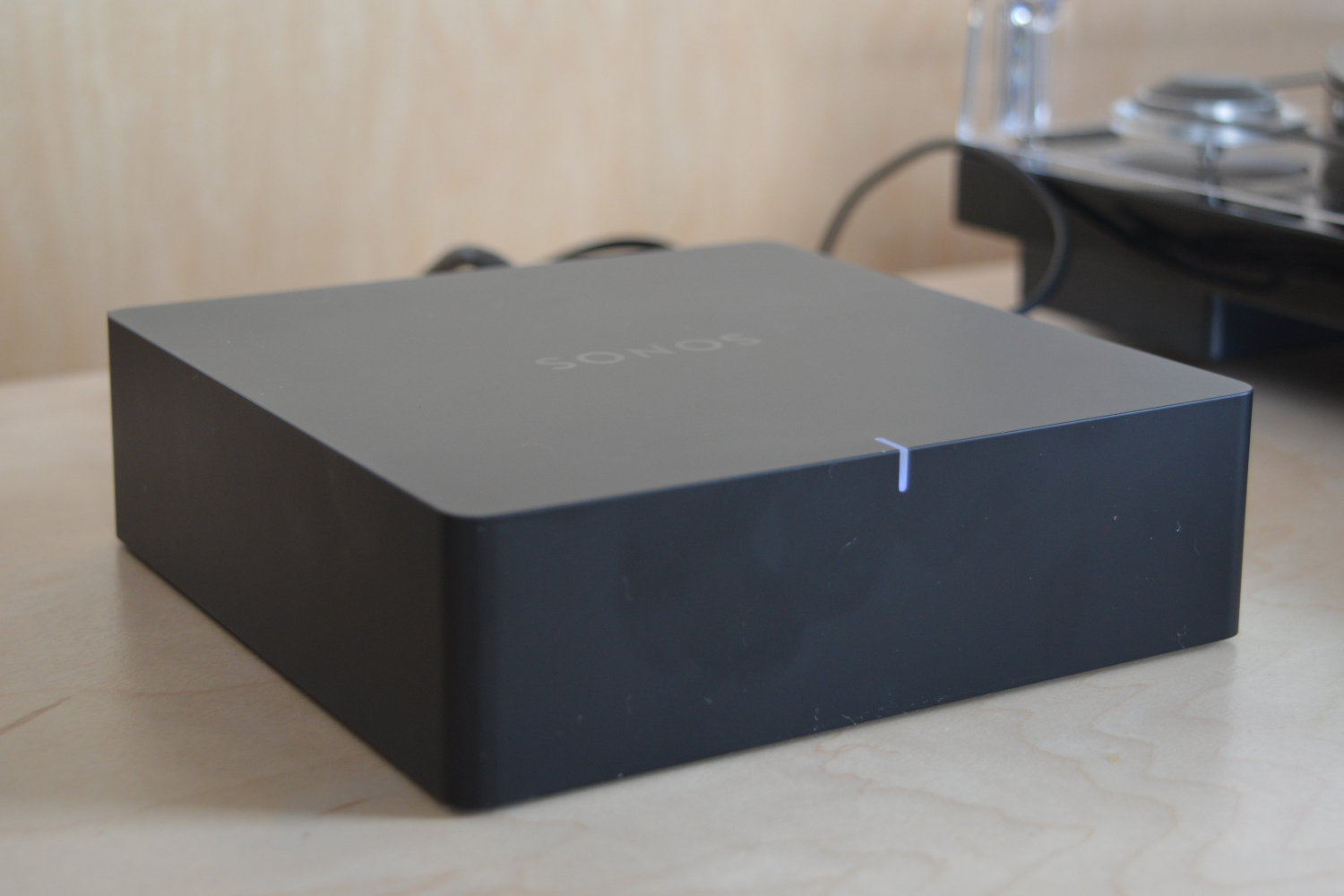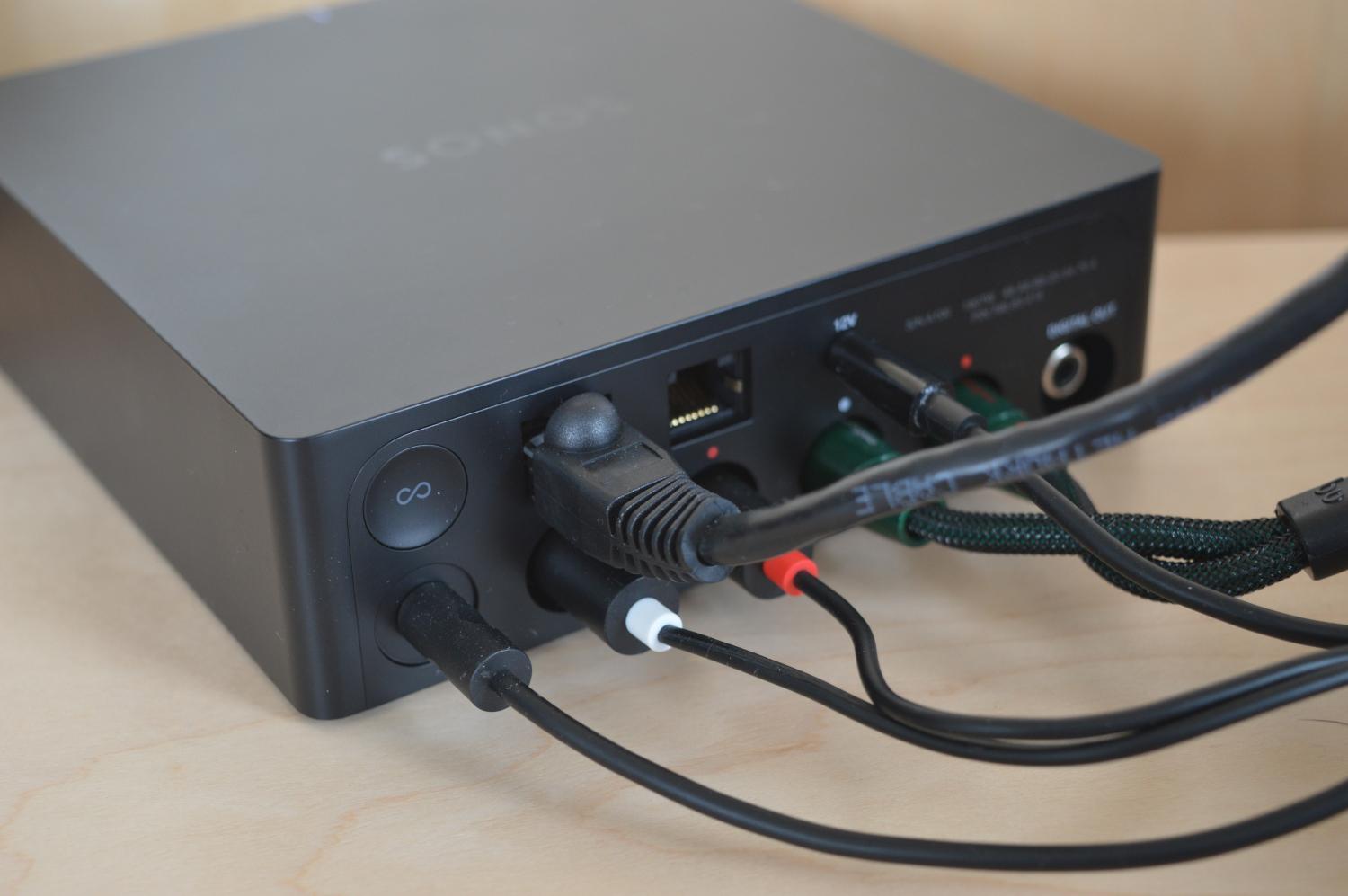The Sonos Play:1 has been around since 2013, and in that time it has become the company’s calling card. It’s a great-sounding, compact wireless speaker that has all of the benefits of the Sonos wireless audio system at a price that almost anyone can afford. Meanwhile, the Sonos Connect, which connects any amplifier to the internet, is one of the company’s oldest products. But times have changed, and starting today, so has Sonos’ aging arsenal as the company unveiled the new Sonos One SL and the Sonos Port, which will replace the Play:1 and Connect respectively.
The end of an era
With the recent launch of the $99 Ikea-Sonos Symfonisk Bookshelf speaker, the Play:1 is no longer the most affordable Sonos product, while the Sonos One pushed the brand into smart speakers. Since Sonos One launched in 2017, the only product that stereo-pairs with the One is another One — forcing buyers to equip their rooms with two smart speakers when one would do just fine.
With these two realities in mind, Sonos has pulled the Play:1 for the $170
The Play:1 was overdue for a refresh, and though the $20 price increase will ruffle a few feathers, the existence of the Symfonisk Bookshelf ought to take a bit of the sting away. More importantly, the One SL has AirPlay 2 and can stereo pair with a Sonos One, two features the Play:1 lacked.
Place a One SL beside a Sonos One and the two speakers will be virtually indistinguishable until you step up close and examine the top surfaces. That’s where the One SL’s lack of a mic array or a mic-mute button becomes obvious. Around the back, these two products are also identical, which is a little sad because it means the One SL is just as bereft of a threaded speaker-mount hole as the One — a choice that still frustrates us.
Sonos Port
The $349 Sonos Connect — which first premiered in 2008 — has been given a heavy makeover and is now reborn as the $399
The Port achieves this through a much smaller physical shape than its predecessor. The svelte black box will now fit three abreast in a custom installer’s A/V rack. In fact, Sonos now sees both its Port and recently released Sonos Amp as primarily suited for the installer market, with direct consumers being something of an afterthought. Evidence of this can be found by checking out the Port’s, er, ports.
Gone is the optical digital output, a longtime connection for consumer A/V gear. Optical connections are a snap, but they’re notoriously fragile for longer cable runs, making them less desirable for complex installs. Coaxial digital connections (which is the Port’s only digital output) may not be as widely supported on older receivers, but they’re very robust.
The Port also adds two features the Connect lacked: AirPlay 2, for a host of new wireless streaming options, and a 12-volt trigger output. Audiophiles with fancy amplifiers and installers will appreciate the 12-volt trigger — it lets the Port remotely wake a compatible amp or A/V receiver from standby mode, without any additional equipment or a long walk over to your audio components.
Sonos claims it has significantly improved on the performance of the Connect’s digital-to-analog and analog-to-digital converters for the Port — not surprising given the Connect’s age — but we’ll let you know if we can hear a difference when we get our hands on one for testing. We’re not entirely sure that all of these additions justify the $50 bump in price the Port presents over its predecessor, but perhaps we’re simply not the target market.
One thing we couldn’t help but notice is that with both the Port and the charging cradle for the new Sonos Move Bluetooth speaker, the company has seemingly abandoned its previous commitment to keeping power adapters inside the products themselves. The power cord for the Port uses a wall-wart — a small one to be sure — but a wall-wart nonetheless. Are we nitpicking? Perhaps.
The new $170 Sonos One SL is available for pre-order today from

